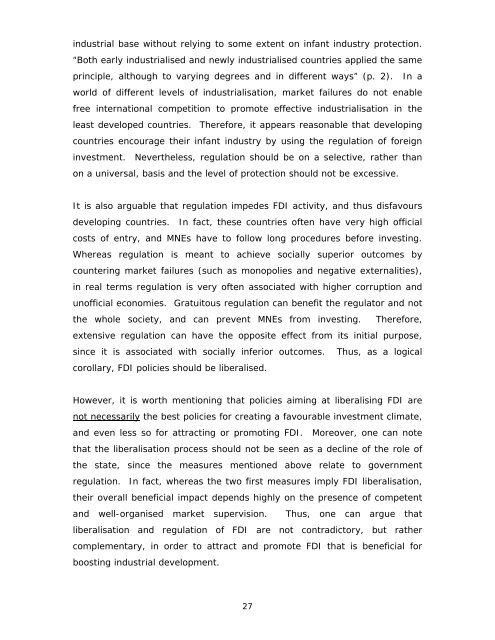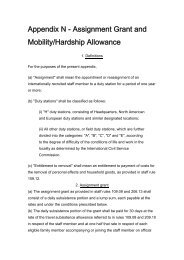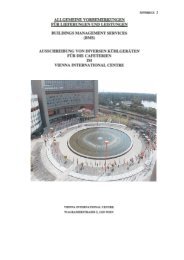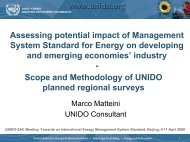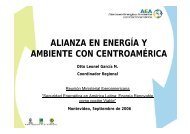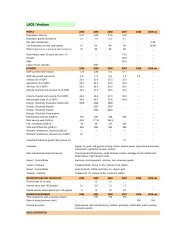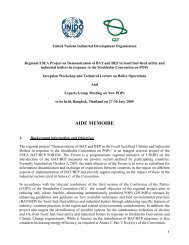Foreign direct investment in Southeast Asia: - Regional Office China
Foreign direct investment in Southeast Asia: - Regional Office China
Foreign direct investment in Southeast Asia: - Regional Office China
Create successful ePaper yourself
Turn your PDF publications into a flip-book with our unique Google optimized e-Paper software.
<strong>in</strong>dustrial base without rely<strong>in</strong>g to some extent on <strong>in</strong>fant <strong>in</strong>dustry protection.“Both early <strong>in</strong>dustrialised and newly <strong>in</strong>dustrialised countries applied the samepr<strong>in</strong>ciple, although to vary<strong>in</strong>g degrees and <strong>in</strong> different ways” (p. 2). In aworld of different levels of <strong>in</strong>dustrialisation, market failures do not enablefree <strong>in</strong>ternational competition to promote effective <strong>in</strong>dustrialisation <strong>in</strong> theleast developed countries. Therefore, it appears reasonable that develop<strong>in</strong>gcountries encourage their <strong>in</strong>fant <strong>in</strong>dustry by us<strong>in</strong>g the regulation of foreign<strong><strong>in</strong>vestment</strong>. Nevertheless, regulation should be on a selective, rather thanon a universal, basis and the level of protection should not be excessive.It is also arguable that regulation impedes FDI activity, and thus disfavoursdevelop<strong>in</strong>g countries. In fact, these countries often have very high officialcosts of entry, and MNEs have to follow long procedures before <strong>in</strong>vest<strong>in</strong>g.Whereas regulation is meant to achieve socially superior outcomes bycounter<strong>in</strong>g market failures (such as monopolies and negative externalities),<strong>in</strong> real terms regulation is very often associated with higher corruption andunofficial economies. Gratuitous regulation can benefit the regulator and notthe whole society, and can prevent MNEs from <strong>in</strong>vest<strong>in</strong>g. Therefore,extensive regulation can have the opposite effect from its <strong>in</strong>itial purpose,s<strong>in</strong>ce it is associated with socially <strong>in</strong>ferior outcomes. Thus, as a logicalcorollary, FDI policies should be liberalised.However, it is worth mention<strong>in</strong>g that policies aim<strong>in</strong>g at liberalis<strong>in</strong>g FDI arenot necessarily the best policies for creat<strong>in</strong>g a favourable <strong><strong>in</strong>vestment</strong> climate,and even less so for attract<strong>in</strong>g or promot<strong>in</strong>g FDI. Moreover, one can notethat the liberalisation process should not be seen as a decl<strong>in</strong>e of the role ofthe state, s<strong>in</strong>ce the measures mentioned above relate to governmentregulation. In fact, whereas the two first measures imply FDI liberalisation,their overall beneficial impact depends highly on the presence of competentand well-organised market supervision. Thus, one can argue thatliberalisation and regulation of FDI are not contradictory, but rathercomplementary, <strong>in</strong> order to attract and promote FDI that is beneficial forboost<strong>in</strong>g <strong>in</strong>dustrial development.27


